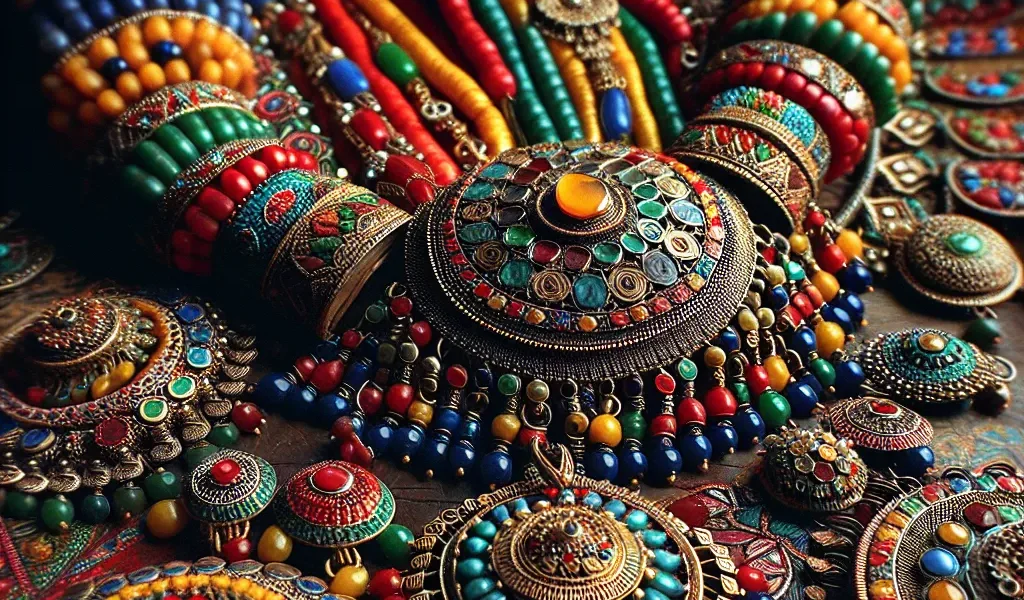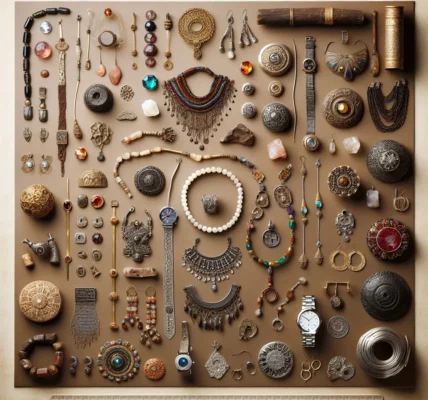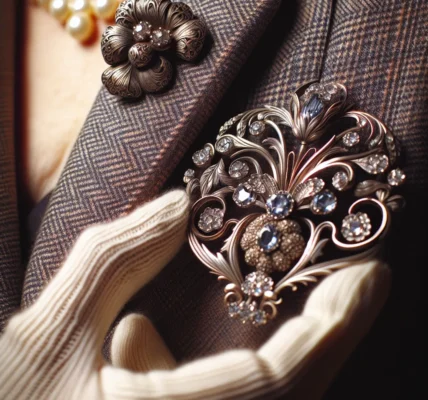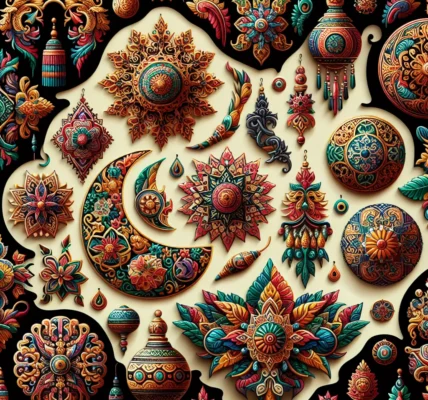The History of Ornaments in Different Cultures
Ornaments have always played a crucial role in the expression of cultural identity and heritage across various civilizations. The history of ornaments in different cultures reflects the unique and diverse ways in which societies have adorned themselves for millennia. From the ancient Egyptians who adorned themselves with intricate jewelry to the indigenous tribes of the Americas who used feathers and beads for ornamentation, the cultural significance of ornaments is deeply rooted in the history of human civilization.
In ancient Egypt, ornaments held symbolic significance and were believed to possess protective and spiritual powers. Similarly, in ancient China, jade ornaments were highly prized and were associated with spiritual and moral significance. The Mayans and Aztecs of Mesoamerica adorned themselves with elaborate ornaments made from gold, feathers, and precious stones, signifying their social status and religious beliefs.
Across the African continent, ornaments such as necklaces, bracelets, and headpieces are integral to the cultural traditions of various tribes and are often used as markers of identity, marital status, and hierarchical positions within the community. In India, the tradition of adorning oneself with intricate jewelry and ornate accessories has been a hallmark of the country’s rich cultural heritage, with each region boasting its unique styles and designs.
Furthermore, the Indigenous peoples of the Pacific Northwest, such as the Haida and Tlingit, are renowned for their exquisite use of ornaments, particularly in the form of intricately carved totem poles and ceremonial regalia, which serve as a visual language for conveying stories, lineage, and cultural traditions.
From the ornate gold jewelry of ancient Mesopotamia to the intricate beadwork of Native American tribes, the history of ornaments in different cultures is a testament to the creativity, craftsmanship, and cultural significance attached to these timeless adornments.
Symbolism of Ornaments in Traditional Ceremonies
Exploring the cultural significance of ornaments around the world reveals the deep-rooted symbolism embedded in traditional ceremonies. Ornaments play a pivotal role in various cultural practices, symbolizing heritage, spirituality, and societal roles. In traditional ceremonies, ornaments often serve as visual markers of identity, status, and belonging.
Across different societies, ornaments are meticulously crafted to convey specific meanings. For instance, in many African cultures, beads are intricately woven into jewelry and garments, symbolizing unity, beauty, and social standing. Similarly, in South Asian weddings, intricate henna patterns adorning the bride’s hands and feet symbolize joy, beauty, and auspiciousness.
Moreover, ornaments are often central to rites of passage, signaling an individual’s transition from one life stage to another. In Native American cultures, intricate feather headdresses are worn during ceremonial dances, signifying honor, bravery, and connection to the spiritual realm. Similarly, in Japanese culture, the traditional practice of wearing kimonos with elaborate obi sashes marks significant life events such as coming-of-age ceremonies and weddings.
Furthermore, ornaments in traditional ceremonies serve as a means of preserving cultural heritage and transmitting ancestral knowledge. For example, in indigenous Australian communities, intricate dot paintings on ceremonial tools and body adornments serve as a visual language, depicting creation stories, spiritual beliefs, and connection to the land.
In essence, the symbolism of ornaments in traditional ceremonies reflects the interconnectedness of culture, spirituality, and identity. These intricate adornments not only enhance the aesthetic appeal of ceremonies but also carry profound meanings that encapsulate the rich tapestry of human culture worldwide.
Cultural Diversity in Ornament Making Techniques
Ornaments have been an integral part of cultures around the world for centuries, representing the artistic expressions and cultural identities of different societies. One of the most fascinating aspects of ornament making is the diverse techniques employed by different cultures, each reflecting the unique heritage and traditions of the community.
For example, in India, the art of jewelry making is deeply rooted in tradition and symbolism. Techniques such as Kundan and Meenakari involve intricate settings of gemstones and enameling, showcasing the country’s rich history and craftsmanship. On the other hand, in the Maasai community of Kenya and Tanzania, beadwork is a significant part of their cultural identity. The vibrant colors and patterns of the beaded ornaments not only serve as decorative pieces but also convey social and economic information within the community.
In South America, the indigenous communities have preserved traditional techniques of ornament making, such as filigree and carving, using materials like gold, silver, and feathers. These techniques are not only a form of artistic expression but also hold spiritual and historical significance for the indigenous peoples.
Furthermore, in East Asia, particularly in countries like China, Japan, and Korea, the art of ornament making has been influenced by centuries-old techniques such as cloisonné, origami, and calligraphy, each reflecting the cultural aesthetics and values of the respective societies.
These examples highlight the rich cultural diversity in ornament making techniques around the world, showcasing how each culture infuses its unique heritage, symbolism, and craftsmanship into the creation of ornaments. Understanding these diverse techniques not only emphasizes the beauty of cultural traditions but also fosters a deeper appreciation for the artistry and symbolism behind these ornaments.
Preservation of Ornamental Traditions Across Generations
Exploring the cultural significance of ornaments around the world unveils a rich tapestry of traditions, beliefs, and artistic expressions unique to each culture. One particularly intriguing aspect of the ornamental heritage is the preservation of these traditions across generations. From the intricate beadwork of indigenous tribes in Africa to the elaborate metalwork of artisans in the Middle East, ornamentation has been a fundamental part of cultural identity and has transcended time through the dedicated efforts of each generation.
One example of the preservation of ornamental traditions is evident in the art of Indian mehndi, or henna application. This ancient form of body art has been passed down through countless generations, with designs and techniques preserving cultural symbols and beliefs. Similarly, the intricate filigree jewelry of Portugal has been diligently crafted and passed down through families, maintaining its cultural significance and artistic value throughout the centuries.
Across the globe, the transmission of ornamental traditions from one generation to the next serves as a testament to the enduring significance of these art forms. Whether through formal apprenticeships, familial tutelage, or community-based workshops, the preservation of ornamental traditions remains a vital aspect of cultural heritage. As the world continues to evolve, it is essential to recognize and celebrate the efforts undertaken to ensure that these traditions endure for generations to come.




